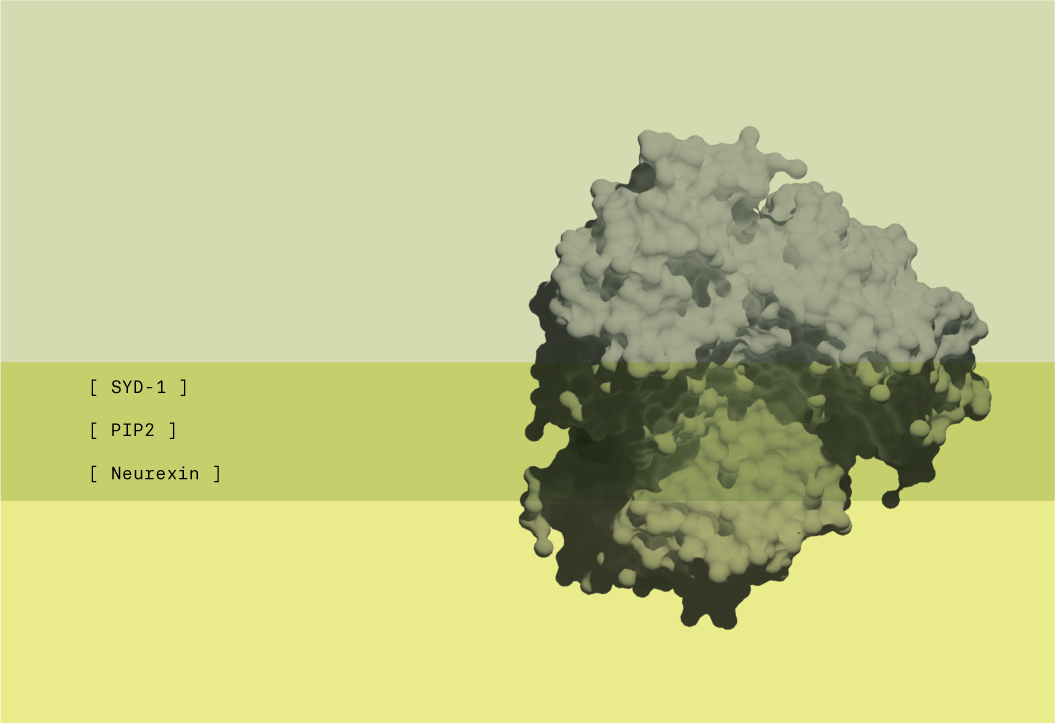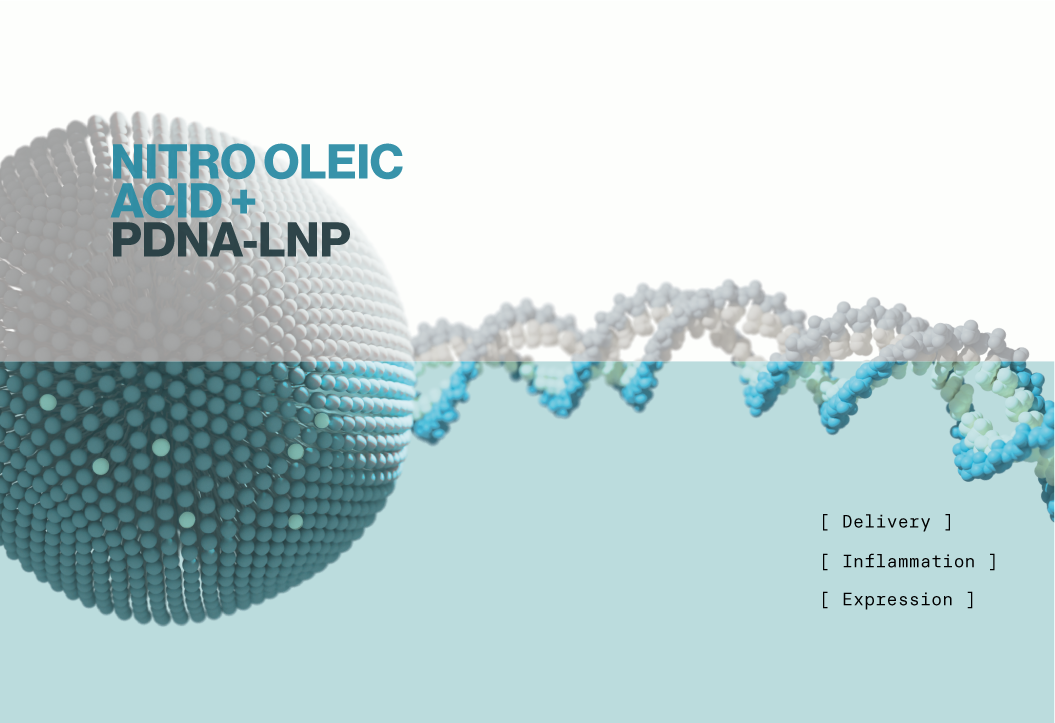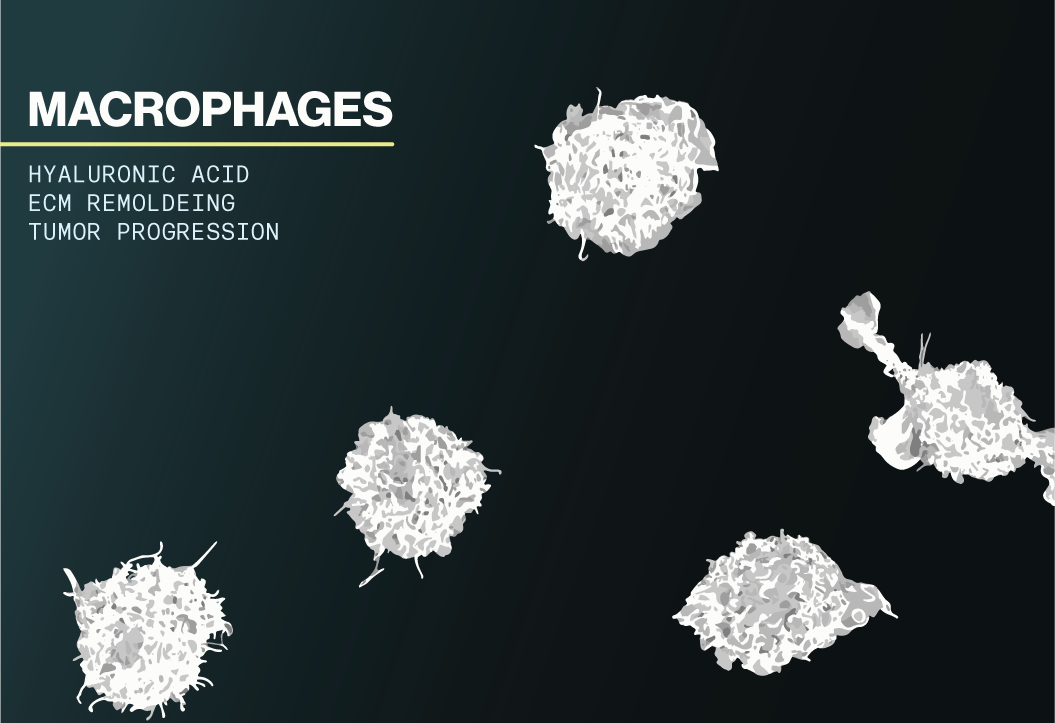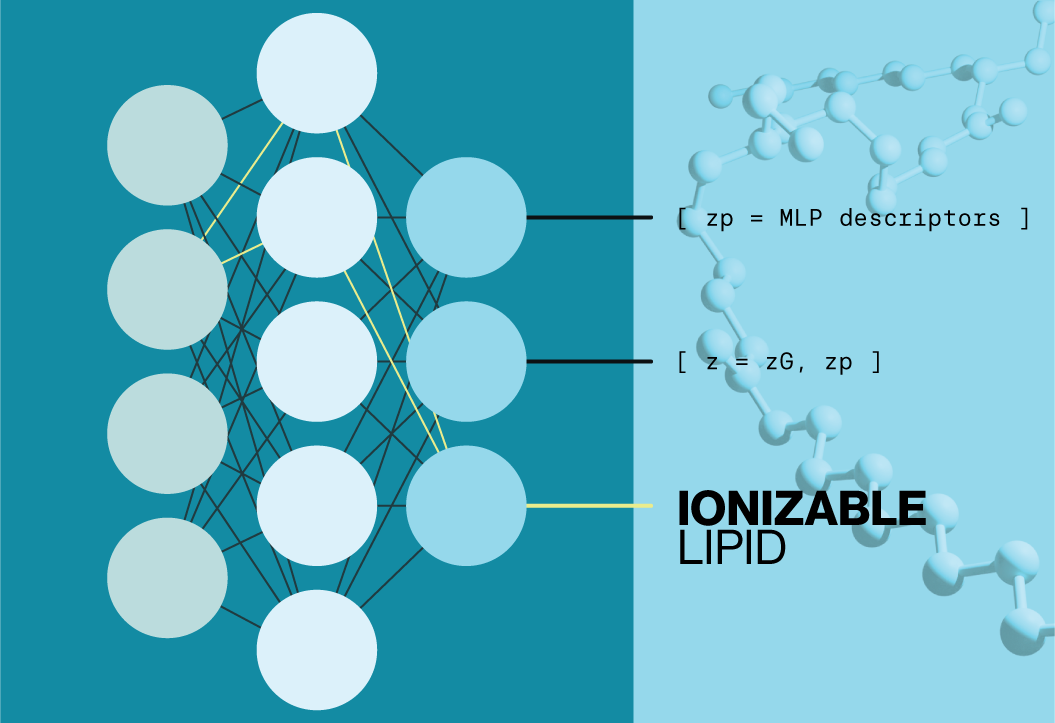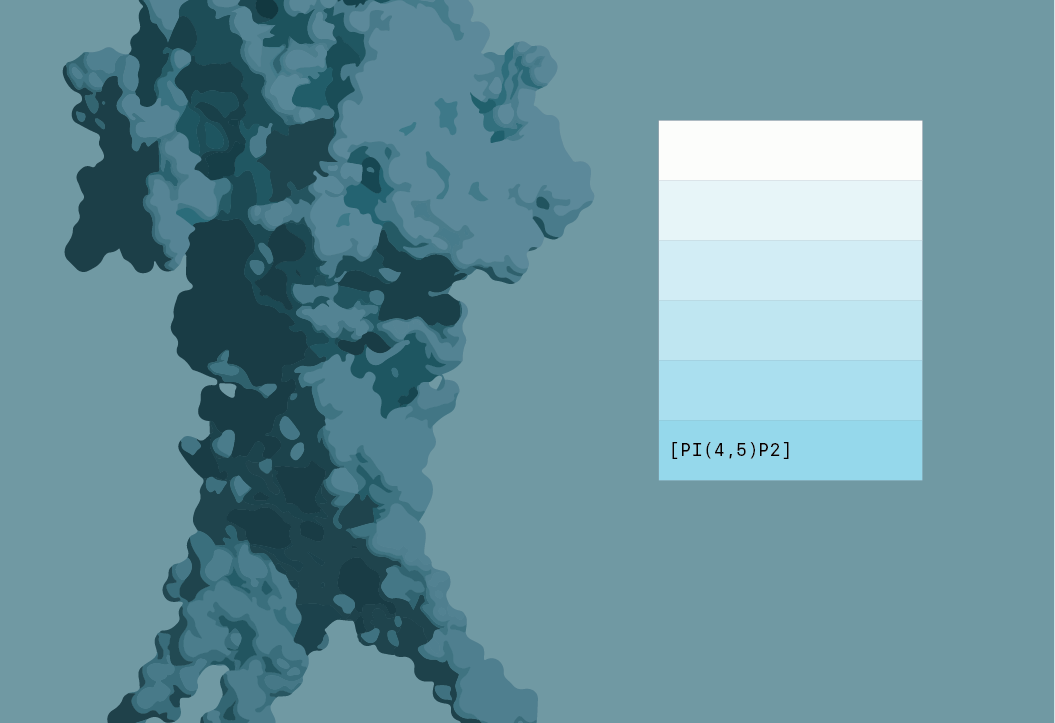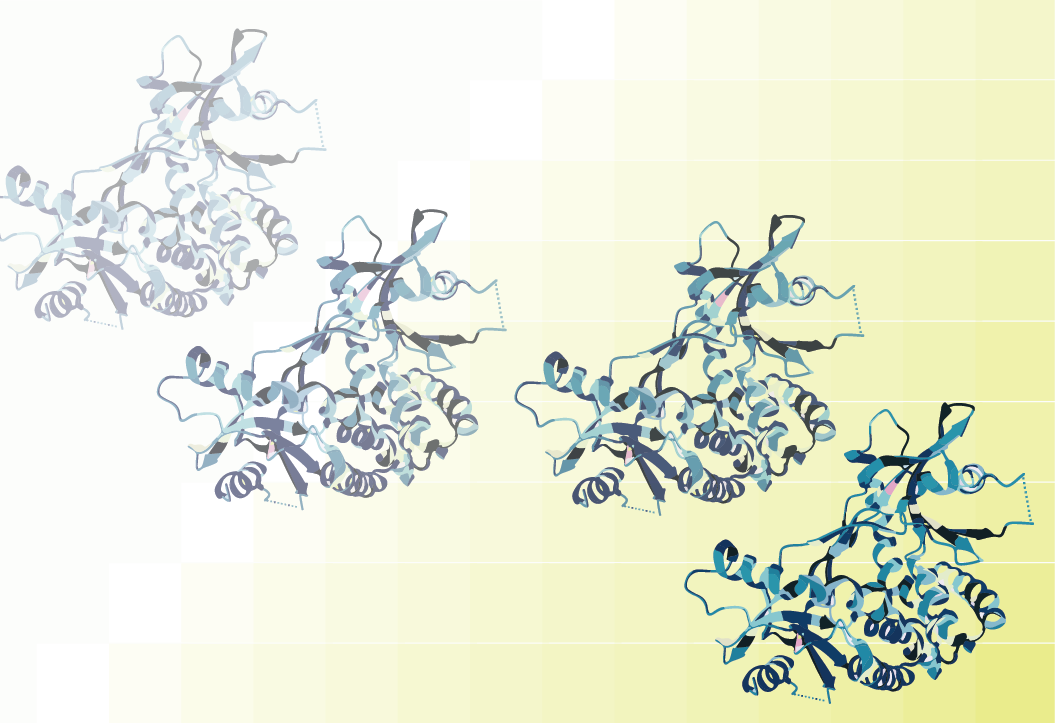Calcium homeostasis in the body is critically important for maintaining bone mass and muscle contraction including cardiac contractility. Circulating levels of calcium (Ca2+) are maintained almost exclusively in the kidney where in excess of 95% of Ca2+ filtered from the blood is reabsorbed in the renal tubules. Reabsorption is mediated by a set of membrane ion channels named transient receptor potential cation channels (TRP), specifically TRPV5. Mutations in TRPV5 have been observed in patients with kidney stones and genetic ablation of the channel in mice leads to hyperparathyroidism. Similarly, there are some TRPV5 inhibitors available that may be useful for regulating cardiac activity in a clinical setting. Hence, there is ongoing interest in understanding the structure and function of TRPV5 and similar receptors.
Both TRPV5 and TRPV6 are constitutively active and require the membrane phospholipid PI(4,5)P2 for their activity. Other membrane cation channels show a dependence on PI(4,5)P2 for activity, however there are varying degrees of selectivity among similar phosphoinositides and in some cases alternative lipid ligands may inhibit these channels. In this study, long-chain acyl-coenzyme A (LC-CoA) is identified as a novel activator of TRPV5 and TRPV6.
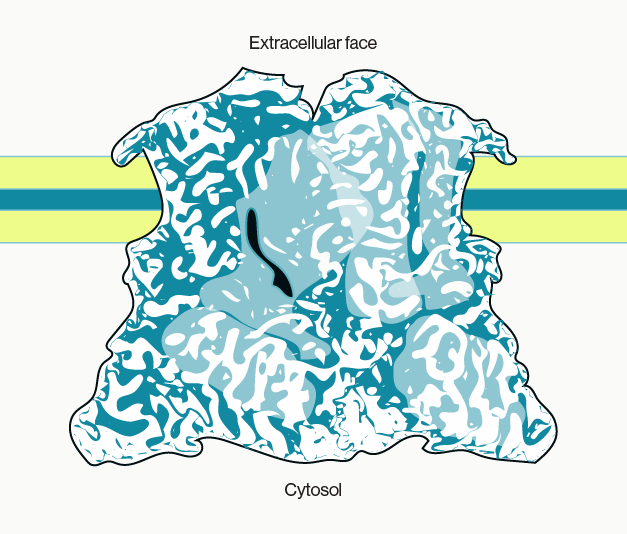
Figure 1: representation of TRPV5 docked with LC-CoA in the membrane. LC-CoA appears to occupy the same site as PI(4,5)P2 based on previously mapped structures.
CryoEM structures reveal that TRPV5 in the absence of LC-CoA is closed, but when in complex with LC-CoA it adopts an open state similar to the structure seen with PI(4,5)P2. Additionally, application of PI(4,5)P2 (Echelon, P-4508) to TRPV5/6 bound to LC-CoA did not further enhance channel activation. This coupled with the structural data strongly implies that LC-CoA and PI(4,5)P2 occupy the same binding site for channel activation. The authors propose that LC-CoA can act as an alternative ligand for TRPV5/6 when the normally abundant PI(4,5)P2 is depleted, presumably by activation of phospholipases like PLC. The current data also suggest that the similar affinity between PI(4,5)P2 and LC-CoA is due both to the structure of their head groups and the length of their acyl chains. This raises the possibility that new drugs targeting TRPs could be developed using LC-CoA binding as a model.
Read the full article here:
Structural basis of the activation of TRPV5 channels by long-chain acyl-Coenzyme-A
Nature Communications volume 14, Article number: 5883 (2023)
0.2
/ 0.3
Related Articles
Stay informed with our informative blog posts.
0.3
/ 0.3
Get in Touch
If you have any questions or would like to learn more about our services, feel free to reach out to us. We’re here to help!
Biosciences


